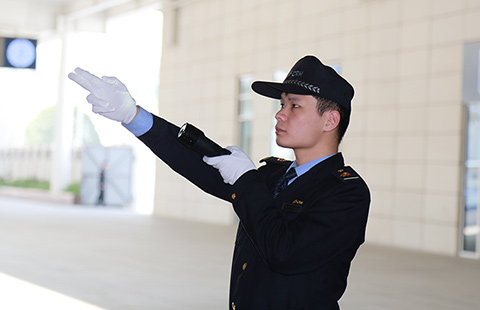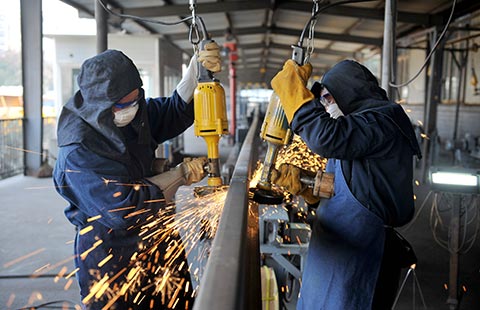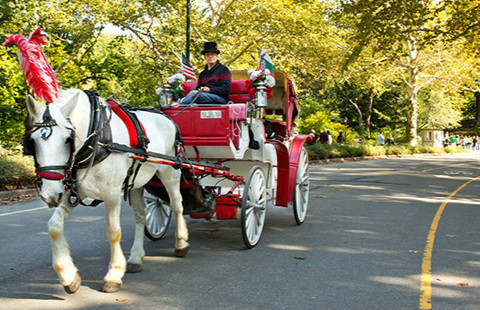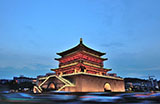Liu Shiyu replaces Xiao Gang as head of China's securities watchdog
(Xinhua) Updated: 2016-02-20 10:58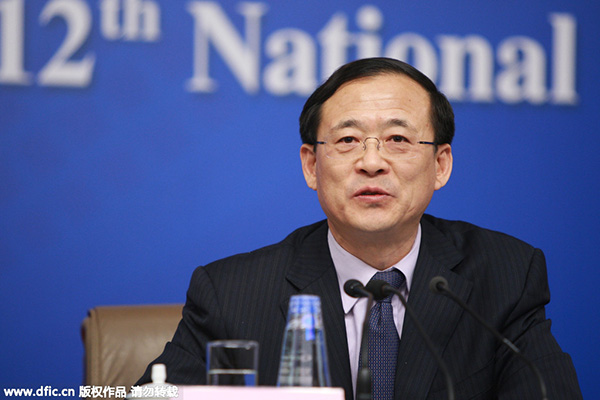 |
|
Liu Shiyu speaks at a press conference of the first session of 12th National People's Congress (NPC) in Beijing, China, March 13 2013. [Photo/IC] |
BEIJING - Liu Shiyu was appointed as Party leader and chairman of the China Securities Regulatory Commission (CSRC), according to decisions made by the Communist Party of China Central Committee and the State Council on Saturday.
Xiao Gang, former head of the CSRC, was removed from his post as the chairman as well as the Party leader of the commission.
Related story:
Circuit breaker man says watchdog officials on wrong track by Agencies
The man responsible for stock circuit breakers said Chinese officials must revise their safety net to avoid creating panic, joining critics who argue the trading halts are triggered too easily for such a volatile market.
"They're just on the wrong track," said Nicholas Brady, 85, the former United States Treasury secretary who ran a committee that recommended the curbs on equity trading after the 1987 crash. "They need a set of circuit breakers that appropriately reflects their market."
Brady spoke after Chinese regulators suspended their newly introduced program that ends stock trading for the entire day after a 7 percent plunge. The halt was set off twice in its first week of operation, bolstering speculation China set its threshold too low.
"The right thing to do is to widen their band," Brady said.
The US confronted a similar problem in the 1990s. The curb that the Brady commission helped implement shut the market for the first time on Oct 27, 1997, when the Dow Jones Industrial Average lost 554 points. That was only a 7.2 percent decline, almost identical to the Thursday plunge in China's CSI 300 Index.
The trouble was that a decade-long surge in US stock prices had diminished the value of each point in the Dow. The 1987 508-point slump had amounted to a 23 percent tumble, three times greater than the decline that froze trading 10 years later.
Regulators and exchanges pushed through a revision: If the Dow fell 10 percent, there would be an hour pause. At 20 percent, trading would halt for two hours, and at 30 percent, the day would end early.
In recent years, the benchmark that triggers the halts switched to the Standard & Poor's 500 Index and the levels changed.
Now it takes 7 percent and 13 percent drops to prompt a brief pause, and a 20 percent decline to close markets early for the day.
Whereas 7 percent losses are rare in the US-they were only common during the 2008 financial crisis, October 1987 and the Great Depression-Chinese shares have dropped about that much seven times in the past year.
"I don't think this is an exact science," said Sang Lee, an analyst at financial markets researcher Aite Group. With circuit breakers, "if you set these too low, instead of easing volatility, they may increase volatility".
- ZTE to offer Pre5G technology in 2016
- Beijing's 2015 tourism revenue hits 460 billion yuan
- Chinese brand passenger vehicles sales gain record market share in January
- Global asset price turbulence brings challenges, opportunities to China
- Shouguang's greenhouses ensure year-round growth
- Firm to fit telecom towers with air monitors
- Huawei to launch solutions for 4.5G, IoT, Safe City at MWC
- ICBC says used anti-money laundering system provided by Spanish authorities: embassy

